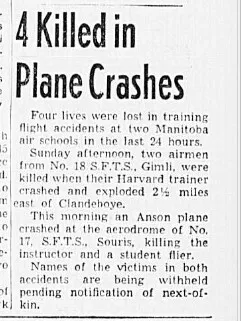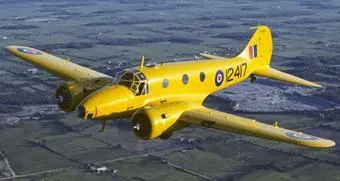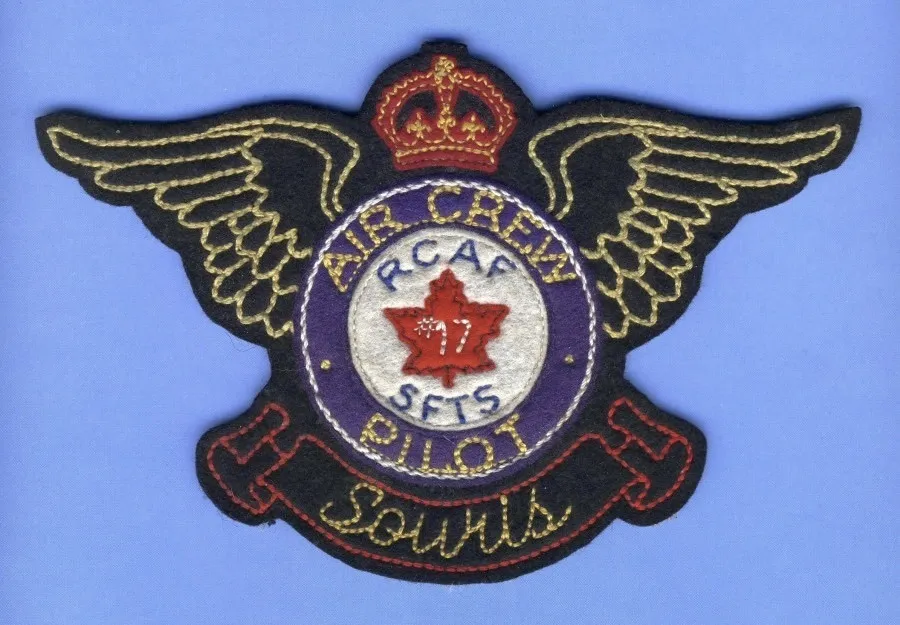
Flying Officer Watson and Leading Aircraftman K.A. Tingay were flying in fog and were trying to locate the aerodrome when they hit a telephone pole. They were both killed when Anson aircraft 11514 crashed near the aerodrome at Souris.


Birth Date: 1924
Born:
Parents: Son of Arthur W. Tingay and Louise M. Tingay of West Harrow, Middlesex, England.
Spouse:
Home:
Enlistment:
Enlistment Date: unkown date
Service
RAFVR
Unit
17 SFTS- Service Flying Training School
Base
Souris, Manitoba, Canada
Rank
Leading Aircraftman
Position
Service Numbers
1608417

Flying Officer Watson and Leading Aircraftman K.A. Tingay were flying in fog and were trying to locate the aerodrome when they hit a telephone pole. They were both killed when Anson aircraft 11514 crashed near the aerodrome at Souris.

The Avro Anson was known by a number of nicknames including "Faithful Annie" or "Flying Greenhouse". It was the first aircraft to be flown by the Royal Canadian Air Force to have a retractable undercarriage, which was a comparative novelty in 1936. In 1940, a Canadian government owned company, Federal Aircraft Limited, was created in Montreal to manufacture the Anson for Canadian use. Nearly 3,000 Anson aircraft were produced and, in the early days of the British Commonwealth Air Training Plan (BCATP), the Anson was the standard trainer for many pilots, observers (navigators), wireless operators and bomb aimers. More than 20,000 aircrew received training on the Anson. In Canadian service, the aircraft was substantially re-designed with the substitution of North American engines and many other airframe and equipment changes. Harold Skaarup web pages
Graduates of the EFTS "learn-to-fly" program went on a Service Flying Training School (SFTS) for 16 weeks. For the first 8 weeks the trainee was part of an intermediate training squadron; for the next 6 weeks an advanced training squadron and for the final 2 weeks training was conducted at a Bombing & Gunnery School. The Service schools were military establishments run by the RCAF or the RAF.
There were two different types of Service Flying Training Schools. Trainees in the fighter pilot stream went to an SFTS like No. 14 Aylmer, where they trained in the North American Harvard or North American Yale. Trainees in the bomber, coastal or transport pilot stream went to an SFTS like No. 5 Brantford where they learned multi-engine technique in an Airspeed Oxford, Avro Anson or Cessna Crane

For More Information on RCAF Station Souris see here
RCAF.info - RCAF Station Souris MB
RCAF.info - Relief Landing Field Hartney MB
RCAF.info - Relief Landing Field Elgin MB
![]() Manitoba Historical Society - 17 SFTS
Manitoba Historical Society - 17 SFTS